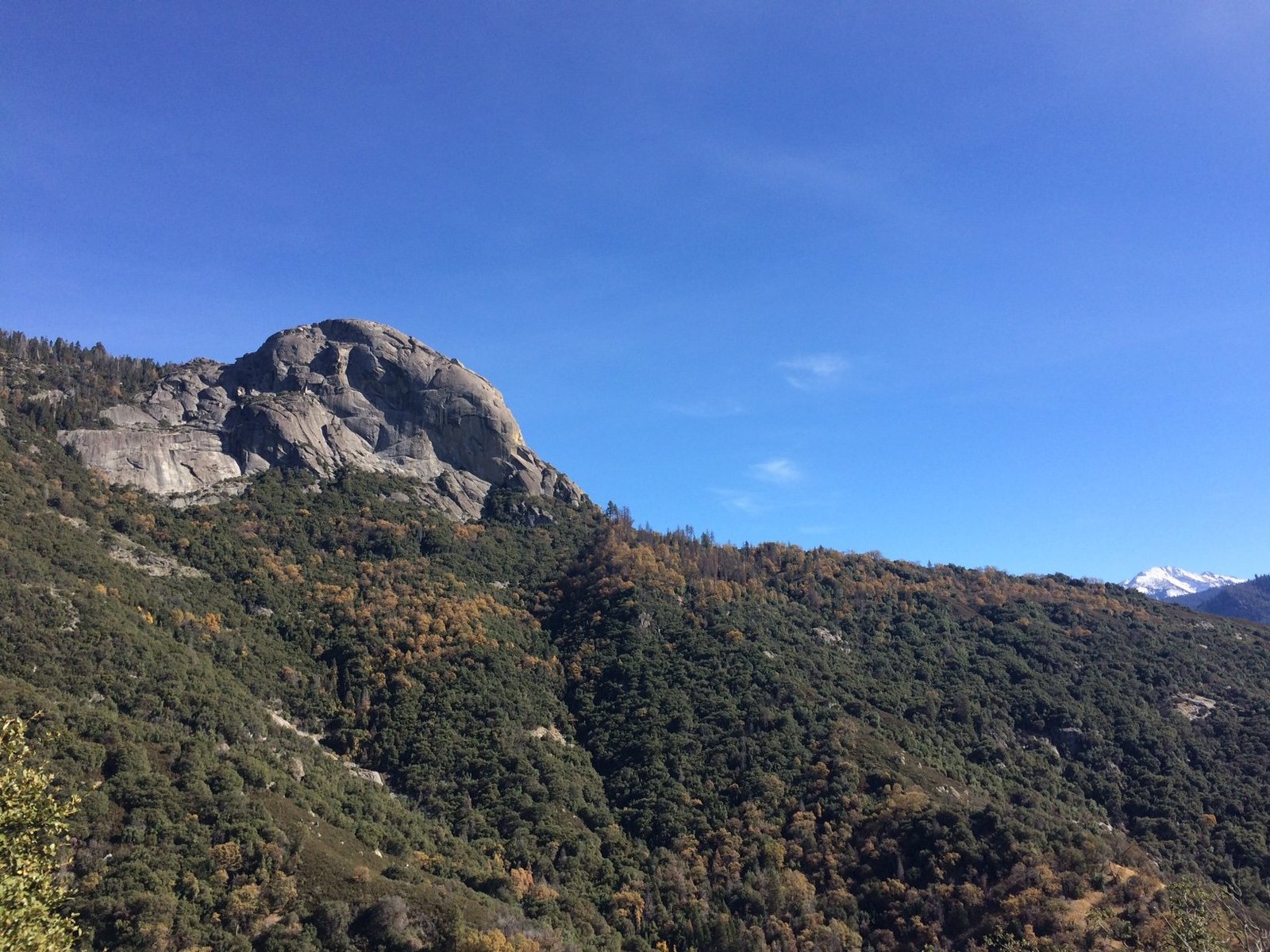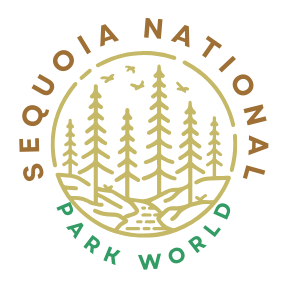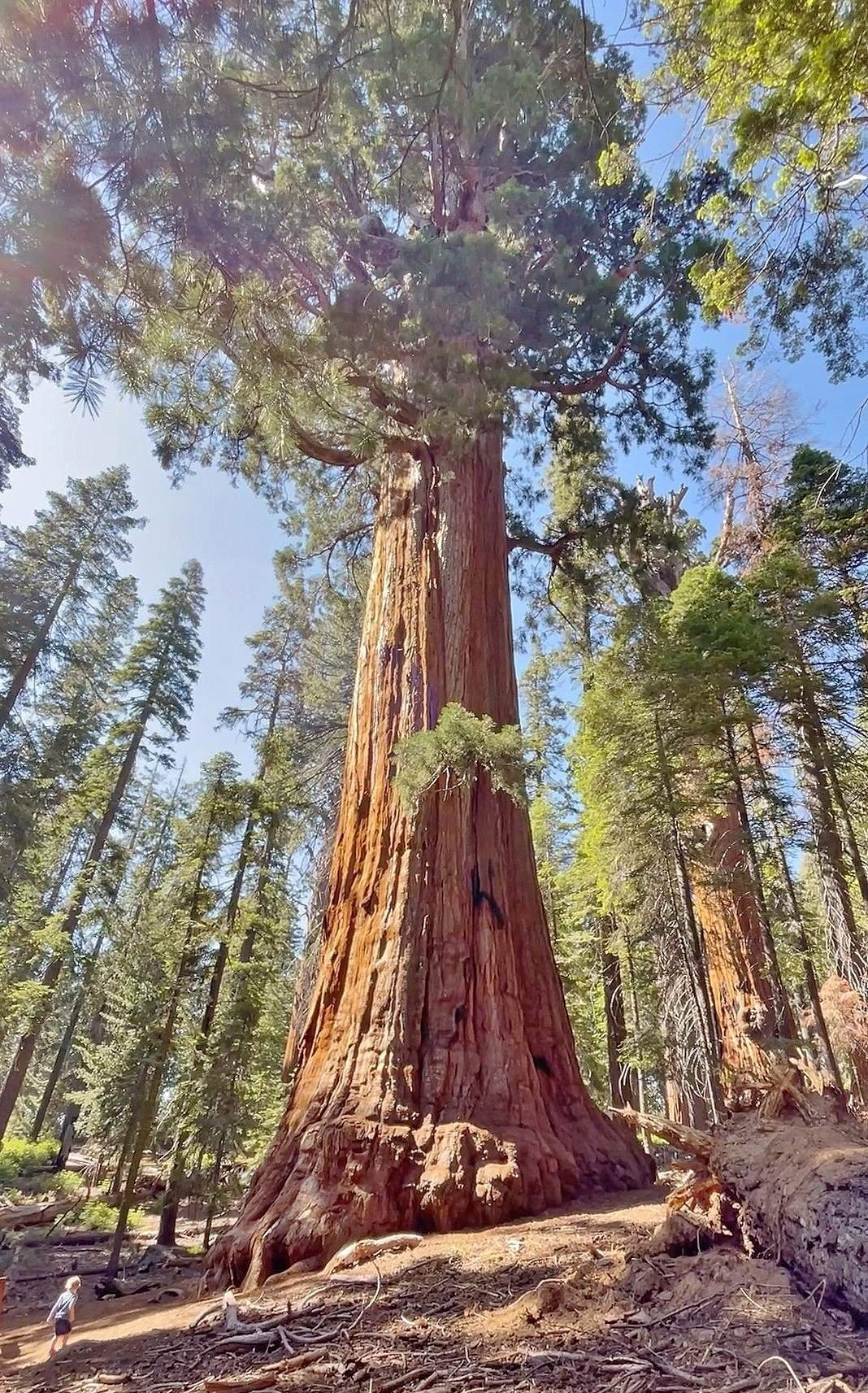Sequoia National Park, renowned for its giant sequoia trees and diverse ecosystems, has specific laws and regulations to protect its natural resources and ensure visitor safety. These laws cover various aspects including pet regulations, fire restrictions, camping rules, and wildlife protection measures. Visitors must adhere to these regulations to preserve the park’s beauty and ecological balance for future generations.
What Are the Key Pet Regulations in Sequoia National Park?

Pet regulations in Sequoia National Park are designed to protect both wildlife and domestic animals. Here are the essential rules:
- Designated Areas for Pets:
- Allowed: Paved roads, parking lots, campgrounds, and picnic areas
-
Not Allowed: Wilderness areas, trails, public buildings, and backcountry
-
Leash Requirements:
-
Pets must be on a leash no longer than 6 feet at all times
-
Additional Rules:
- No unattended pets, even when leashed
- Owners must clean up and properly dispose of pet waste
- Pet food must be stored in secure food storage boxes
These regulations help maintain the park’s natural environment and prevent conflicts between pets and wildlife.
What Fire Restrictions Are in Place at Sequoia National Park?

Fire safety is crucial in Sequoia National Park to prevent wildfires and protect the ancient sequoia groves. While specific fire restrictions may vary based on current conditions, here are general guidelines:
- Campfires are typically allowed only in designated fire rings at campsites
- Seasonal fire bans may be implemented during high fire danger periods
- Firewood collection within the park is often prohibited
- Smoking is restricted to designated areas
| Fire Regulation | Details |
|---|---|
| Permitted Fires | Only in designated fire rings at campsites |
| Seasonal Bans | May be implemented during high fire risk |
| Firewood Collection | Generally prohibited within park boundaries |
| Smoking | Restricted to designated areas |
Visitors should always check current fire restrictions before their visit, as these can change rapidly based on weather conditions and fire risk.
How Do Camping Laws Affect Visitors in Sequoia National Park?
Camping in Sequoia National Park is subject to specific regulations to manage visitor impact and protect the environment:
- Campsite Reservations:
- Advance reservations are recommended, especially during peak seasons
-
Some campsites may be first-come, first-served
-
Stay Limits:
- Maximum stay durations vary by campsite and season
-
Typically range from 7 to 14 days
-
Group Size Restrictions:
- Limits on the number of people per campsite
-
Larger groups may need to use designated group campsites
-
Food Storage and Waste Disposal:
- All food and scented items must be stored in bear-proof containers
- Proper waste disposal in designated receptacles is mandatory
These camping laws ensure a safe and enjoyable experience for all visitors while minimizing environmental impact.
What Wildlife Protection Rules Must Visitors Follow?
Protecting the diverse wildlife in Sequoia National Park is a top priority. Visitors must adhere to the following rules:
- No Feeding Wildlife:
- Strictly prohibited for all animals, including birds and squirrels
-
Helps maintain natural feeding habits and prevents dependency on human food
-
Safe Distance Maintenance:
- Keep a safe distance from all wildlife, especially larger animals like bears
-
Use binoculars or telephoto lenses for observation and photography
-
Proper Food Storage:
- All food and scented items must be stored in bear-proof containers
-
This includes pet food and toiletries
-
Reporting Wildlife Sightings:
- Inform park rangers of any unusual wildlife behavior or sightings
By following these rules, visitors help preserve the natural behavior and habitat of the park’s diverse wildlife population.
How Are Sequoia National Park Laws Enforced?
Enforcement of laws in Sequoia National Park is crucial for maintaining order and protecting the environment:
- Park Rangers:
- Primary enforcers of park regulations
-
Conduct regular patrols and respond to incidents
-
Penalties for Violations:
- Can range from warnings to fines and potential arrest
-
Severity depends on the nature and impact of the violation
-
Education and Prevention:
- Rangers provide information and guidance to visitors
-
Signage throughout the park reminds visitors of key rules
-
Reporting Violations:
- Visitors are encouraged to report observed violations to park staff
Effective enforcement ensures that the park remains a safe and pristine environment for all visitors and wildlife.
What Additional Regulations Should Visitors Be Aware Of?
Beyond the main categories, there are several other important regulations in Sequoia National Park:
- Drone Usage:
-
Prohibited within park boundaries to protect wildlife and visitor privacy
-
Rock Climbing:
- Allowed in certain areas with specific guidelines
-
Climbers must follow Leave No Trace principles
-
Fishing:
- Requires a valid California fishing license
-
Specific regulations on catch limits and allowed fishing areas
-
Plant and Artifact Collection:
-
Strictly prohibited to remove any natural or cultural objects from the park
-
Noise Regulations:
- Quiet hours enforced in campgrounds, typically from 10 PM to 6 AM
These additional regulations help preserve the park’s natural and cultural resources while ensuring a positive experience for all visitors.
By understanding and following the laws of Sequoia National Park, visitors can contribute to the preservation of this magnificent natural wonder while enjoying its beauty responsibly.
References:
1. Dogster – Are Dogs Allowed in Sequoia National Park?
2. Visit Sequoia – Lodging Policies
3. Sequoia Resort – DOG FRIENDLY HIKES Kings Canyon and Sequoia National Parks

